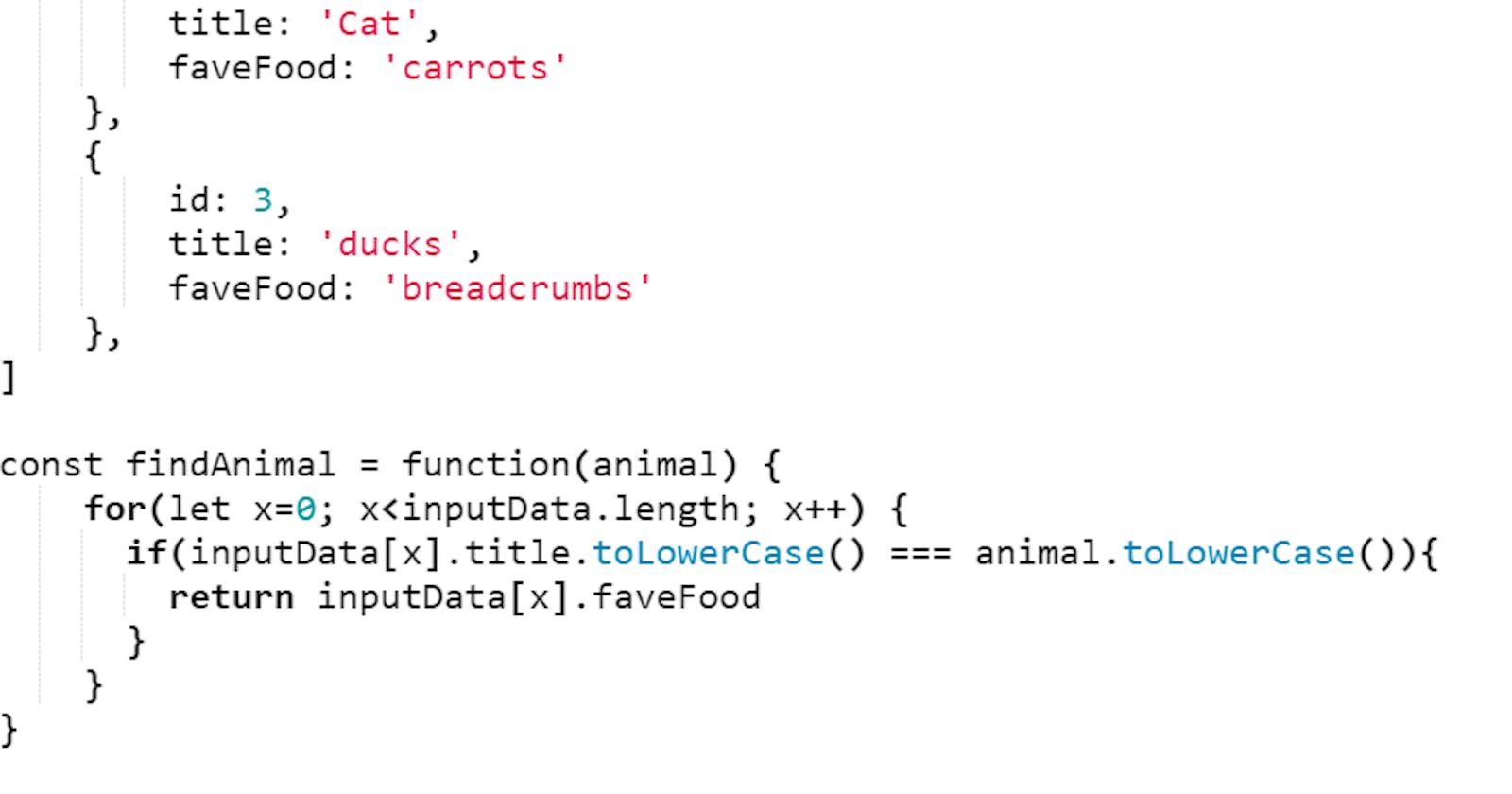The Art of Consistent Coding: Navigating Burnout with the 30-Minute Rule
In the ever-evolving landscape of coding, the journey is as crucial as the destination. Daily coding practices are touted as a cornerstone for skill enhancement, yet the spectre of burnout lurks. How can one strike a balance between the commitment to daily code and the need for self-care? Enter the 30-Minute Rule, a beacon guiding coders through the ebbs and flows of their coding odyssey.
The Daily Code Quest: A Commitment to Growth
Embarking on the coding journey is akin to a daily quest for mastery. The commitment to regular coding sessions forms the backbone of skill development, ensuring that each day contributes to the gradual evolution of one's coding prowess. However, this journey is not without its challenges, and burnout looms as a potential roadblock.
Understanding Burnout: Navigating the Ebb and Flow
Burnout is the silent adversary that can sap the joy out of even the most passionate coders. Recognizing the signs of burnout is crucial — the waning enthusiasm, the mental fatigue, and the sense of stagnation. When these shadows cast a pall over the coding landscape, it's time to acknowledge the need for a breather.
The 30-Minute Rule: A Lifeline in the Coding Abyss
Enter the 30-Minute Rule, a pragmatic approach to circumventing burnout without abandoning the coding ship. When the coding seas get rough and the waves of exhaustion threaten to capsize the daily routine, devote a mere 30 minutes to the code. It's a lifeline, a tether to the coding world that doesn't demand an extensive commitment but keeps the connection alive.
Why 30 Minutes? The Psychology Behind the Rule
The beauty of the 30-Minute Rule lies in its psychological finesse. Thirty minutes is a manageable time frame that acts as a gentle nudge rather than a daunting obligation. It's a sweet spot — long enough to accomplish a meaningful task, yet short enough to avoid overwhelming the fatigued mind.
Navigating the 30-Minute Session: Small Wins, Big Impact
Within those 30 minutes, focus on small, manageable tasks. Tackle a bug, optimize a function, or explore a new concept. The emphasis is on small wins — the satisfaction of solving a problem, no matter how minor, can rekindle the spark of enthusiasm.
Breaking Free from the Day-Loss Fear: A Balanced Approach
The fear of losing a day's progress can be paralyzing. The 30-Minute Rule provides a bridge between rest and relentless pursuit. It acknowledges that breaks are necessary but offers a compromise — a brief rendezvous with code that ensures the day isn't entirely lost.
When to Say No: Respecting the Need for True Rest
While the 30-Minute Rule is a valuable tool, it's equally essential to recognize when a genuine break is needed. There are times when the mind requires more than a fleeting encounter with code. Embrace those moments, step back, and return only when the mind is rejuvenated.
Conclusion: A Symphony of Consistency and Compassion
In the symphony of coding consistency, the 30-Minute Rule plays a keynote, allowing for a harmonious blend of commitment and self-compassion. Burnout may be an unwelcome visitor, but with the 30-Minute Rule as a guide, the coding odyssey transforms into a resilient, sustainable journey. Code on, but code wisely, and let the 30-Minute Rule be your compass in the vast coding seas.
